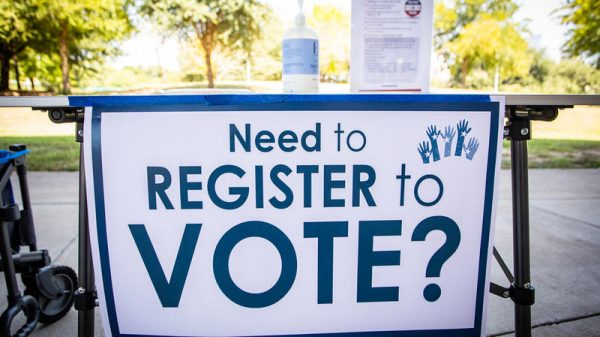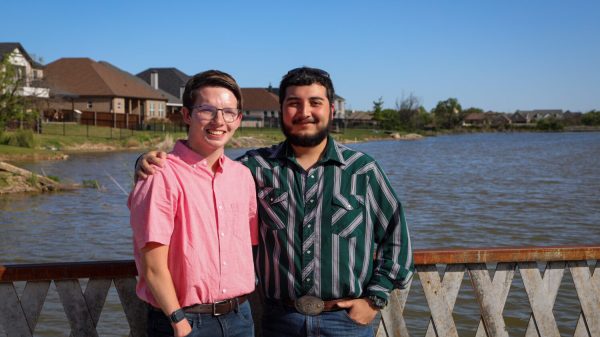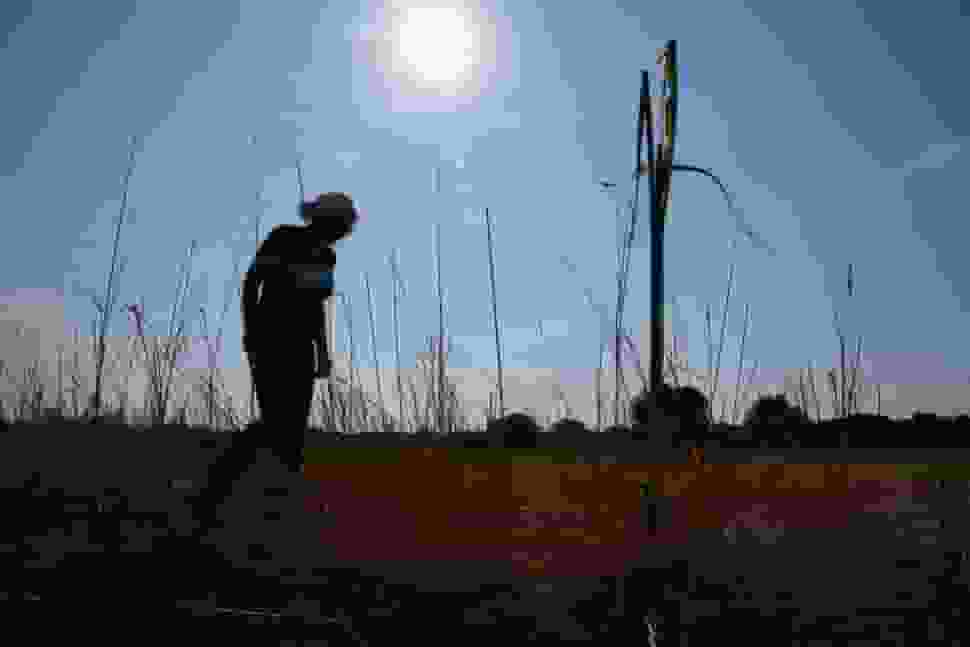According to a comprehensive new government analysis, the devastation caused by rampant climate change is currently affecting Americans’ daily lives and is “already far-reaching and worsening across every region of the United States.”
The National Climate Assessment, which is published every four to five years, was unveiled at the White House on Tuesday, bringing the effects of climate change down to a local level with details. President Joe Biden attacked Republican lawmakers and his predecessor for denying global warming.
“Those who knowingly downplay the effects of climate change are dooming the people of America to an extremely perilous future.” Biden stated that the effects will only become worse, more frequent, fiercer, and more expensive, pointing out that last year’s catastrophes cost the US $178 billion. “This is not all inescapable.”
All things considered, Tuesday’s study presents a picture of a nation warming almost 60% faster than the global average, one that frequently experiences expensive weather disasters and faces even more serious issues on the road.
According to the paper, since 1970, the worldwide average temperature has increased by 1.7 degrees (0.9 degrees Celsius), while the Lower 48 states have warmed by 2.5 degrees (1.4 degrees Celsius) and Alaska by 4.2 degrees (2.3 degrees Celsius). However, humans are more affected by extreme weather than by averages.
According to Zeke Hausfather, a co-author of the paper and employee of Berkeley Earth and Stripe, “we are seeing an acceleration of the impacts of climate change in the United States” due to hot waves, droughts, wildfires, and severe downpours.
And that’s not good for you.
According to the research, “the increasing frequency and intensity of extreme events, the rise in infectious and vector-borne disease cases, and the declines in food and water quality and security are all consequences of climate change that harm physical, mental, spiritual, and community health and well-being.”
This year’s national report, in contrast to previous ones, is significantly more forceful in its accusations of climate change caused by the burning of coal, oil, and gas.
An interactive atlas that zooms down to the county level is included in the 37-chapter evaluation. According to the report, climate change is having a variety of effects on people’s livelihoods, security, and health across the nation, with Native American and minority populations frequently being disproportionately affected.
As a result of reduced snowpack, shrinking glaciers, thawing permafrost, acidifying oceans, and disappearing sea ice, Alaska is warming two to three times faster than the rest of the world. These effects have an impact on hunting and fishing as well as the state’s growing season. Projections have raised concerns about whether some Indigenous communities in Alaska should be relocated.
More drought and intense heat are plaguing the Southwest; last summer, Phoenix’s daily high temperature hit or exceeded 110 degrees for 31 days in a row. This has led to a decrease in water supplies and an increase in the risk of wildfires.
Drought and floods made worse by climate change endanger agricultural and ecosystems in rural regions, while excessive heat, flooding, and poor air quality are becoming more common in Northeastern cities, posing dangers to infrastructure.
Severe drought and flooding in the Midwest pose a threat to livestock and agricultural productivity, which may have an impact on the world’s food supply.
Extreme weather conditions like drought and flooding, coupled with dwindling water supplies, pose a danger to the northern Great Plains economy, which is mostly reliant on agriculture, livestock, energy production, and leisure. In the meantime, it’s anticipated that by the middle of the century, high temperatures will shatter records in all three states, and water shortages in some areas of the southern Great Plains will get worse.
Minority and Native American populations in the Southeast have fewer resources to prepare for or escape the consequences of climate change, even though they may reside in places more susceptible to excessive heat, pollution, and flooding.
Drier streams and less snowpack in the Northwest have resulted from warmer days and nights that don’t really cool down, which has raised the danger of dryness and wildfires. Additionally, the disruptive environment has produced damagingly heavy rain.
Hawaii and other Pacific islands, as well as the U.S. As temperatures rise, the Caribbean region becomes more susceptible to extremes in rainfall and drought, as well as rising sea levels and natural disasters.
According to the study, the United States will warm almost 40% faster than the rest of the globe in the future. By the end of the century, the AP estimated that America will grow approximately 3.8 degrees (2.1 degrees Celsius) hotter, according to other people’s worldwide forecasts.
An increased average temperature corresponds to considerably more intense weather.
Former NASA head scientist Waleed Abdalati of the University of Colorado stated, “The news is not good, but it is also not surprising.” He was not involved in this report. “What we are witnessing is an expression of the shifts that have been expected for the past few decades.”
An increased average temperature corresponds to considerably more intense weather.
Former NASA head scientist Waleed Abdalati of the University of Colorado stated, “The news is not good, but it is also not surprising.” He was not involved in this report. “What we are witnessing is an expression of the shifts that have been expected for the past few decades.”
The world set monthly and daily heat records for five consecutive months prior to the release of the 2,200-page study. It coincides with a record-breaking 25 weather-related disasters in the United States this year that have cost at least $1 billion in damages.
Reduced emissions from industry, electricity generation, and transportation can significantly slow down global warming. According to Hausfather, “if we as a society get our act together, we can stop this acceleration.” He noted that when emissions cease, warming stops.
However, a few experts claimed that several aspects of the evaluation were too sanguine.
Rob Jackson, a climate scientist at Stanford University, stated that “the report’s optimistic graphics and outlook obscure the dangers approaching.” “We are not prepared for what’s coming.”




![Tyson Foods Plant [Photo: Food Manufacturing]](https://southarkansassun.com/wp-content/uploads/2023/08/iStock_1185520857__1_.5e441daa51cca-600x337.jpg)








![Silverado Senior Living Management Inc. [Photo: Los Angeles Times]](https://southarkansassun.com/wp-content/uploads/2023/10/download-6-4-600x337.jpg)

![China's Wuhan Institute of Virology [Photo: Nature]](https://southarkansassun.com/wp-content/uploads/2023/09/d41586-021-01529-3_19239608-600x337.jpg)















